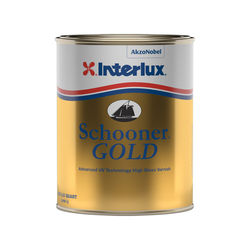I tend to use oil on the gunwales of whitewater canoes and canoes that I expect might see some hard use. For flat water boats, I tend to favor varnish. If I have the gunwales off, I apply low viscosity penetrating epoxy on the faces that abut the hull, but not on the external surfaces.
Oil is quick and easy to apply but it really doesn't penetrate the wood IME. On whitewater canoes with oiled gunwales, I will often wipe a section of the gunwale completely free of oil with my hand after only one outing. I do not believe that oil seals the grain against water penetration as well as epoxy or varnish. Oil works well if you continue to apply it. How often will depend on how you use the boat, how often you use the boat, and how you store it. I know whitewater open boaters who reapply oil to the gunwales of their canoes after every single trip. On the other hand, if you are using the boat mostly for flat water paddling and not real often, and it is stored indoors, you may only need to reapply oil once or twice a year.
Varnish is more durable but once it goes bad, it is more trouble to restore. On boats that I expect to sustain abrasion to the gunwales, I avoid varnish because it shows scratches much more than oil, and it would tend to get degraded more quickly. I will sometimes apply varnish to seat frames, seat hangers, thwarts and yokes and use oil on the inwales, outwales, and deck plates.
I have had good results with Pettit Z-Spar Captains and Flagship varnishes.

